Maintenance in Mechanical Engineering: Service meets Industry 4.0
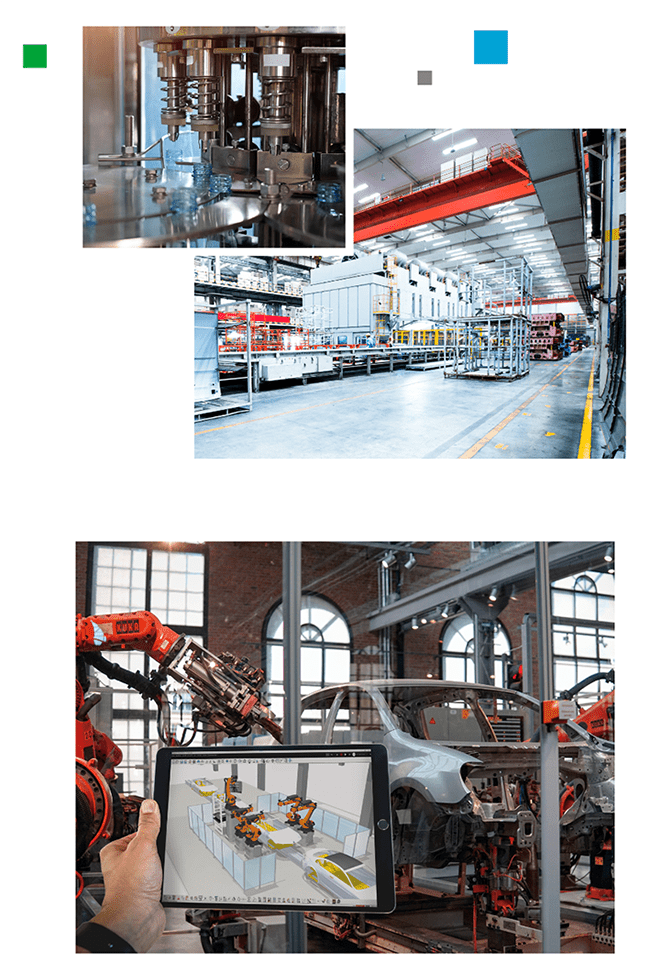
What is maintenance? Definition, uses and examples
Maintenance refers to all measures that are carried out to maintain or restore the proper condition, functionality and reliability of plants, machines or systems. Its main goal is to extend the service life of the machines and systems, ensure operational safety and minimize unplanned downtime.
In Industry 4.0, or the Fourth Industrial Revolution, maintenance is applied in various areas, including in industrial production with the maintenance of production machines, systems and manufacturing facilities, with the goal of guaranteeing smooth operations. In addition, there is the maintenance of IT systems, servers, networks and hardware to ensure continuous availability.
There are also a number of different types of maintenance. Preventive maintenance involves carrying out planned maintenance measures before a component or system fails. Corrective maintenance, on the other hand, involves immediate repair to correct an error after a problem has occurred. Overhaul, in turn, is comprehensive maintenance in which a plant or system is completely refurbished in order to extend its performance and service life. Then there is predictive maintenance, which uses data analytics and monitoring technologies to predict the best time for maintenance work and minimize unplanned downtime.
Learn more about the maintenance and what this new technology can do for your company.
The concept of predictive maintenance


The concept of predictive maintenance refers to an advanced maintenance strategy that uses data and analytics to predict the best time to service machines or systems. The goal is to minimize unplanned downtime, extend service life, and improve the efficiency of maintenance processes.
Predictive maintenance is based on data monitoring. Information about the condition of the machines is continuously being collected, and advanced analytics algorithms and artificial intelligence help detect patterns and anomalies in the data that has been collected. This makes it possible to identify possible failures or problems in advance. Taking the data analysis as a basis, predictions can be made about when a specific component or system is likely to fail. This means maintenance work can be carried out at the right time. Plus, risks can be assessed and priorities set. Identifying problems and scheduling maintenance in advance can minimize the need for emergency repairs, which in turn reduces downtime. Targeted maintenance of components that are about to fail ensures that unnecessary maintenance is avoided. By integrating the IoT (internet of things), sensors and connected devices can provide even more data in real time.
Learn more about iPhysics and its benefits for your company. Test it for free and without obligation with our live demo.
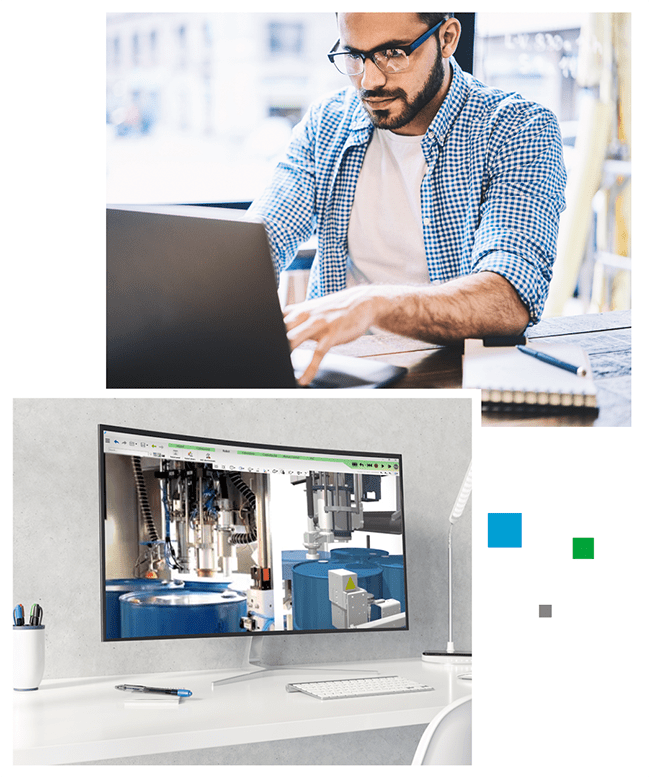
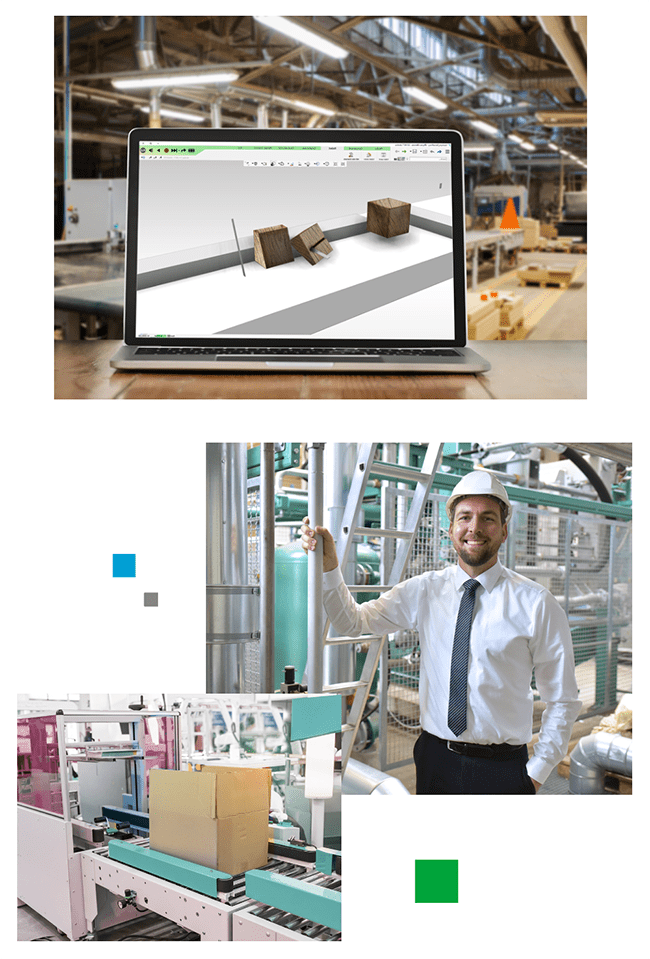
Requirements for successful predictive maintenance

To successfully use predictive maintenance, several prerequisites must be taken into account. It is important that the data needed to analyze a machine can be reliably recorded. This includes sensors, IoT devices and other sources of data. The data must be precise, up-to-date, and enough of it must be available. The quality of the data directly affects the accuracy of the predictions. It is important to ensure that the data is consistent and error-free – a task that can also be carried out using simulation software such as iPhysics. Advanced analytics algorithms and AI are crucial for identifying patterns, anomalies and generating predictive models. A basic understanding of the machines and systems that are to be monitored is also a must. Knowing what parameters could indicate potential problems is important for creating accurate predictive models. Another crucial point when introducing predictive maintenance into a company is investment in technology, training and staff. In addition, well-conceived IT infrastructure is needed to facilitate the flow of data. Because predictive maintenance is based on huge amounts of sensitive data, effective data protection and secure data transmission are essential. Security measures should be built in to protect data from unauthorized access.
Learn more – our user reports give insight into how other companies have successfully put iPhysics to use.
iPhysics accompanies the machine from the initial idea, planning and virtual commissioning through to ongoing operation and servicing. iPhysics, the simulation software for real virtual engineering.

Your challenges
Occurring malfunctions and machine downtime
Failures due to recurring maintenance
Source of error unclear
No expert on site or too late on site
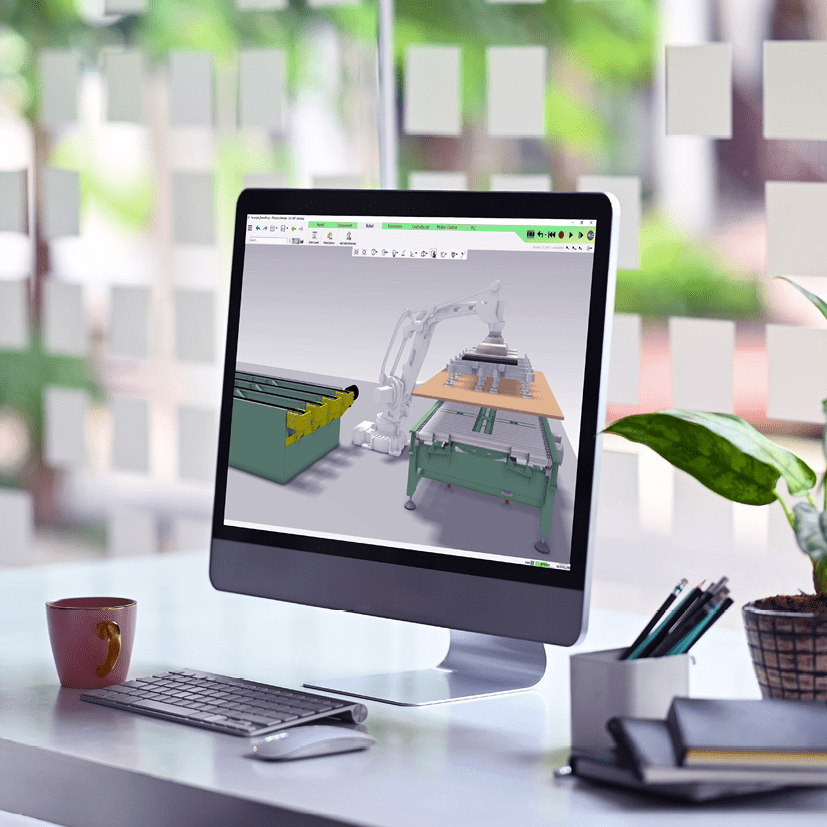
iPhysics – Your solution
By using a digital twin, the standstill can be simulated
Use of AR possible (remote maintenance)
Predictable failure of wearing parts (predictive maintenance)

Your advantages
Faster and better response options
Downtimes are reduced to a minimum
Planned, calculated maintenance
Fewer trips
No “surprise” wear parts
machineering – simulation from one source
Guidelines for the planning and execution of maintenance in mechanical engineering
1. Evaluation and risk assessment:
- Identify all machines and systems that require maintenance.
- Conduct risk assessment to identify critical components and potential causes of failure.
2. Determine maintenance goals and strategies:
- Define clear goals for maintenance – for instance, the reduction of downtime, greater security, extending the life of machines and/or increasing efficiency.
- Develop a maintenance strategy that integrates preventive, corrective and predictive approaches.
3. staff training:
- Train maintenance staff on how to safely perform maintenance work.
- Provide information and knowledge about the specific machines and equipment.
4. Integrate predictive maintenance:
- Use sensors and data monitoring technologies to monitor machines in real time.
- Develop models to predict failures and plan maintenance based on these predictions.
5. Documentation and reporting:
- Carefully document all maintenance and service activities, including the steps taken, parts replaced and problems identified.
- Generate regular reports to monitor maintenance performance and make improvements.
6. Regular review and adjustments:
- Conduct regular reviews of maintenance processes.
- Adjust maintenance plans and strategies as needed based on data that you’ve collected, and experience.
When these measures are successfully put into place, it will help you perform efficient, cost-effective and reliable maintenance in mechanical engineering, which in turn improves the overall performance and service life of the machines.
Make the upgrade. Let us assist you in your planning. Learn more in our free webinar.

Simulation and maintenance
Simulation software plays a significant role in maintenance, especially in combination with predictive maintenance and other advanced maintenance strategies. So, how is simulation software used in the context of machine and system maintenance?
Simulation software can be used to predict the lifespan of components or machines. By integrating operational data and environmental conditions, engineers can simulate how various factors affect the lifespan of parts. This also allows them to more precisely plan maintenance schedules. In addition, different operating conditions can be simulated to model how components will respond under such conditions. This helps identify potential weaknesses and develop better monitoring algorithms for predictive maintenance. Simulation software can be used to assess risks associated with various maintenance situations, making it possible to set priorities and allocate resources more efficiently. Simulation software also allows engineers to run through different scenarios to see the impact of maintenance decisions on the system’s overall performance, which helps them develop the most useful maintenance strategies. Simulation software is also used to train maintenance personnel. Employees can be trained in a simulated environment with realistic scenarios and thus improve their fault detection, diagnostic and maintenance skills. When introducing new systems or machines, simulation software is used for virtual commissioning. This makes it possible to run through different scenarios and ensure that the systems and plant are functioning optimally before they are physically commissioned.
Make the switch today. With our training courses, we help your employees get ready for the metaverse – and the future.
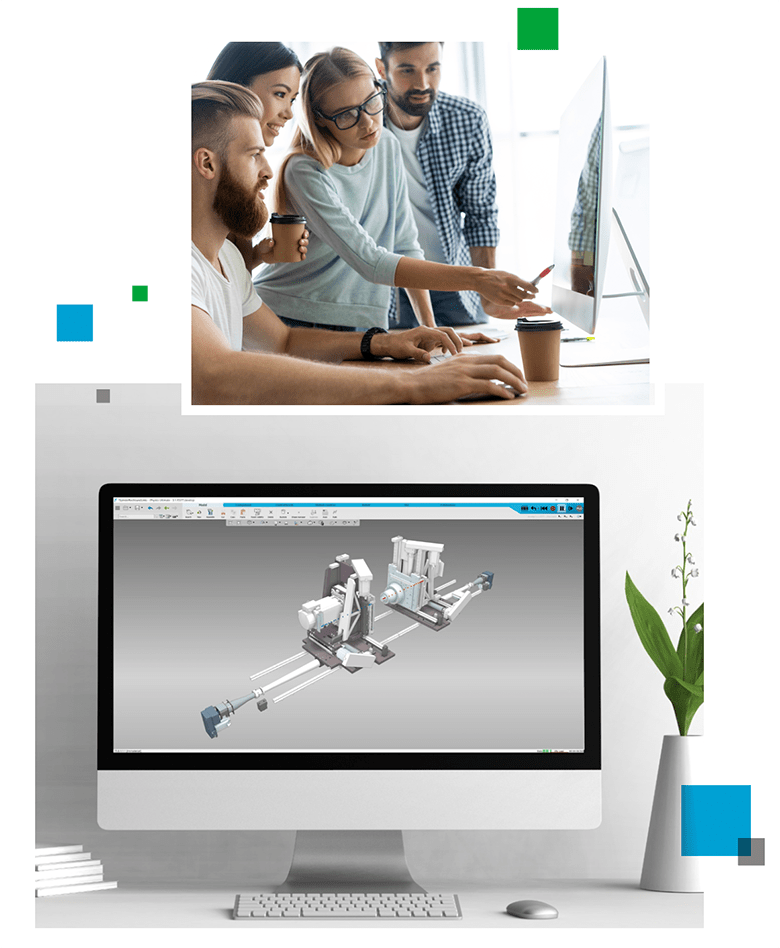
Remote maintenance: the service standard of the future
Remote maintenance is a service standard of the future that is already being used in a number of different industries. This approach uses technologies such as the Internet of Things (IoT), data analytics, artificial intelligence (AI), and extended reality (XR) to perform maintenance and troubleshooting remotely across different locations. This results in significant cost savings, as technicians no longer need to travel. Remote monitoring and diagnostics can quickly identify problems in real time, and technicians can respond to problems faster since they do not need to travel. The ability to access plant and machine data in real time allows experts to diagnose errors and find solutions even faster than before, greatly improving efficiency. Remote maintenance allows technicians to monitor and maintain multiple locations at the same time, eliminating the need for them to be physically on-site and leading to improved resource utilization.



Integrating AR technologies makes it possible to receive instructions and guidance from experts remotely, improving the quality of troubleshooting and maintenance efforts. Faster response times, less downtime and more efficient maintenance processes contribute to overall customer satisfaction. By reducing travel and the use of resources that comes with it, remote maintenance can also contribute to more sustainability in service and maintenance. All in all, remote maintenance has a promising future in the maintenance industry by providing more efficient, cost-effective and flexible solutions for maintaining plants and machinery.
Get the most from your company. Optimize your processes with our simulation software, iPhysics, and reap all the benefits.
Talk to us to determine your savings potential.


